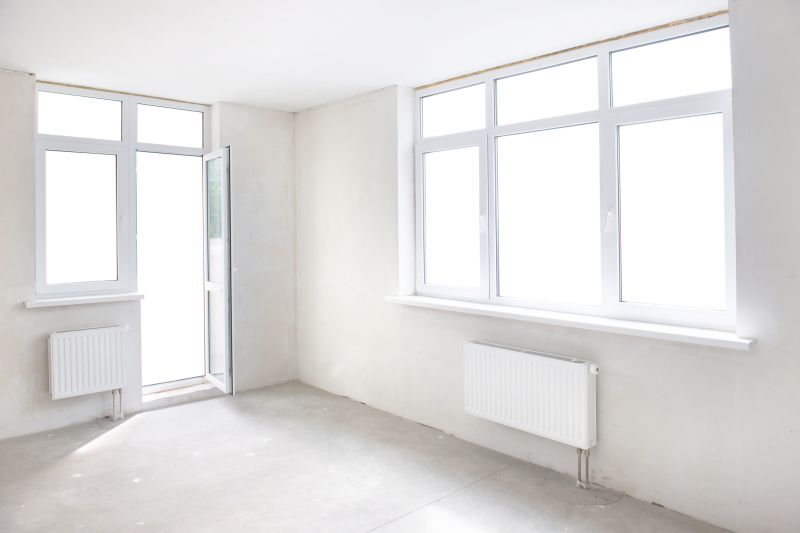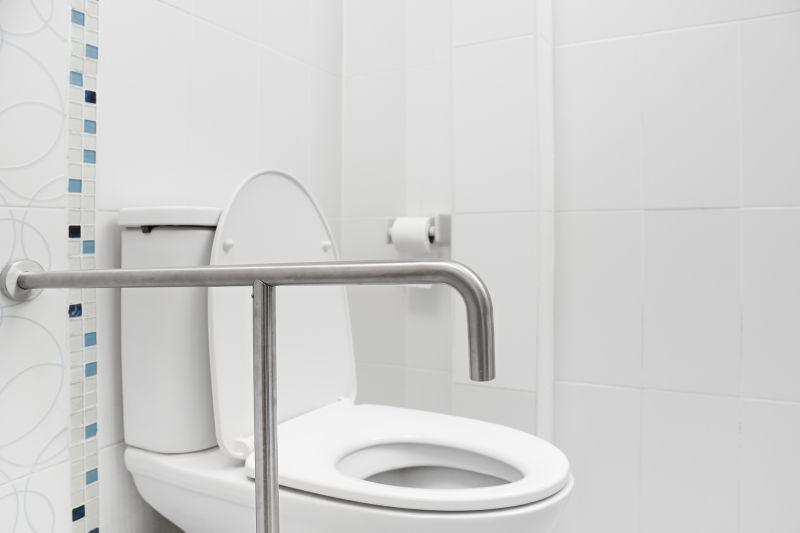Optimal Timing for Windows Installations
Choosing the optimal time for Windows installations can impact system performance and minimize disruptions. Proper planning ensures compatibility with other scheduled activities and allows for thorough preparation. Understanding seasonal and operational factors can help determine the most suitable periods for installation.
Spring and fall are often ideal due to moderate weather conditions, reducing the risk of environmental disruptions during setup.
Early mornings or late evenings are recommended to avoid peak operational hours and minimize downtime.
Align installations with periods of lower business activity to reduce impact on productivity.
Ensure backups are completed beforehand and plan for system downtime during scheduled windows.

Technicians performing Windows setup in a controlled environment.

IT staff configuring systems prior to Windows deployment.

Verifying system stability after Windows installation.

Ways to make Windows Installations work in tight or awkward layouts.

Popular materials for Windows Installations and why they hold up over time.

Simple add-ons that improve Windows Installations without blowing the budget.

High-end options that actually feel worth it for Windows Installations.

Finishes and colors that play nicely with Windows Installations.
| Factor | Consideration |
|---|---|
| Season | Spring and fall offer moderate weather for outdoor work. |
| Time of Day | Early morning or late evening reduces operational impact. |
| Business Cycle | Schedule during low activity periods to minimize disruption. |
| Weather Conditions | Avoid extreme heat, cold, or rain during installation. |
| Staff Availability | Ensure technical staff are available at planned times. |
| System Readiness | Complete backups and preparations before scheduling. |
| Network Access | Confirm stable connectivity for remote setup if needed. |
| External Events | Avoid coinciding with major holidays or events. |
Proper timing for Windows installations enhances efficiency and reduces potential issues. Planning around environmental conditions, operational schedules, and technical readiness ensures a smoother process. It is advisable to coordinate with relevant teams to select the most appropriate window for deployment.

Professional setup of Windows operating systems.

Backing up data to prevent loss during setup.

Configuring system settings after Windows deployment.

Training employees on the updated Windows environment.

Little measurements that prevent headaches on Windows Installations day.

A 60-second routine that keeps Windows Installations looking new.

A frequent mistake in Windows Installations and how to dodge it.

Small tweaks to make Windows Installations safer and easier to use.
Scheduling Windows installations carefully can lead to reduced downtime and increased system reliability. Considering external factors and internal schedules helps ensure a seamless upgrade process. Proper preparation and timing are crucial for successful deployment.
The duration varies based on system specifications and setup complexity, generally ranging from 30 minutes to a few hours.
Yes, but it is recommended to choose times with minimal activity to avoid disruptions.
Spring and fall are preferred due to moderate weather, especially for outdoor or large-scale setups.
Weather conditions, network stability, and staff availability are important considerations.
Interested in scheduling a Windows installation? Filling out the contact form can facilitate planning at a convenient time and ensure the process aligns with operational needs. Proper timing and preparation contribute to a successful deployment.

